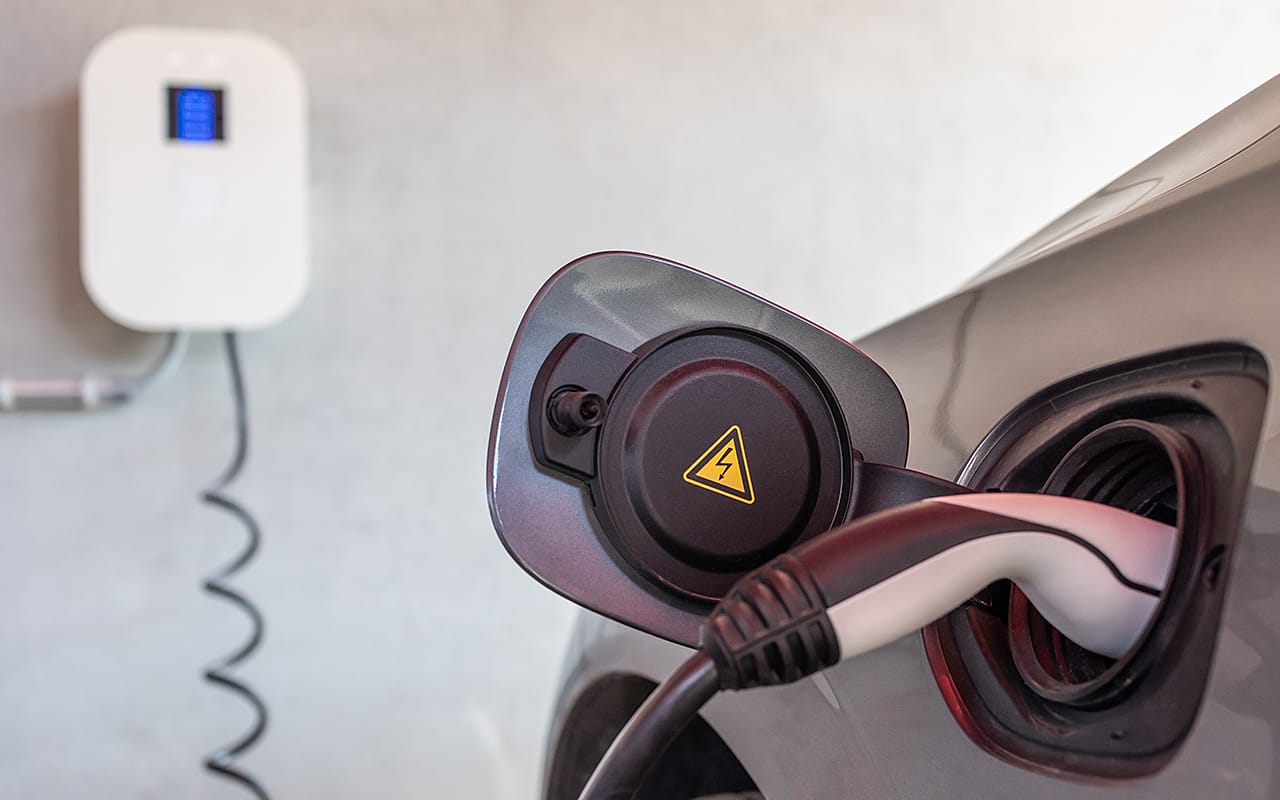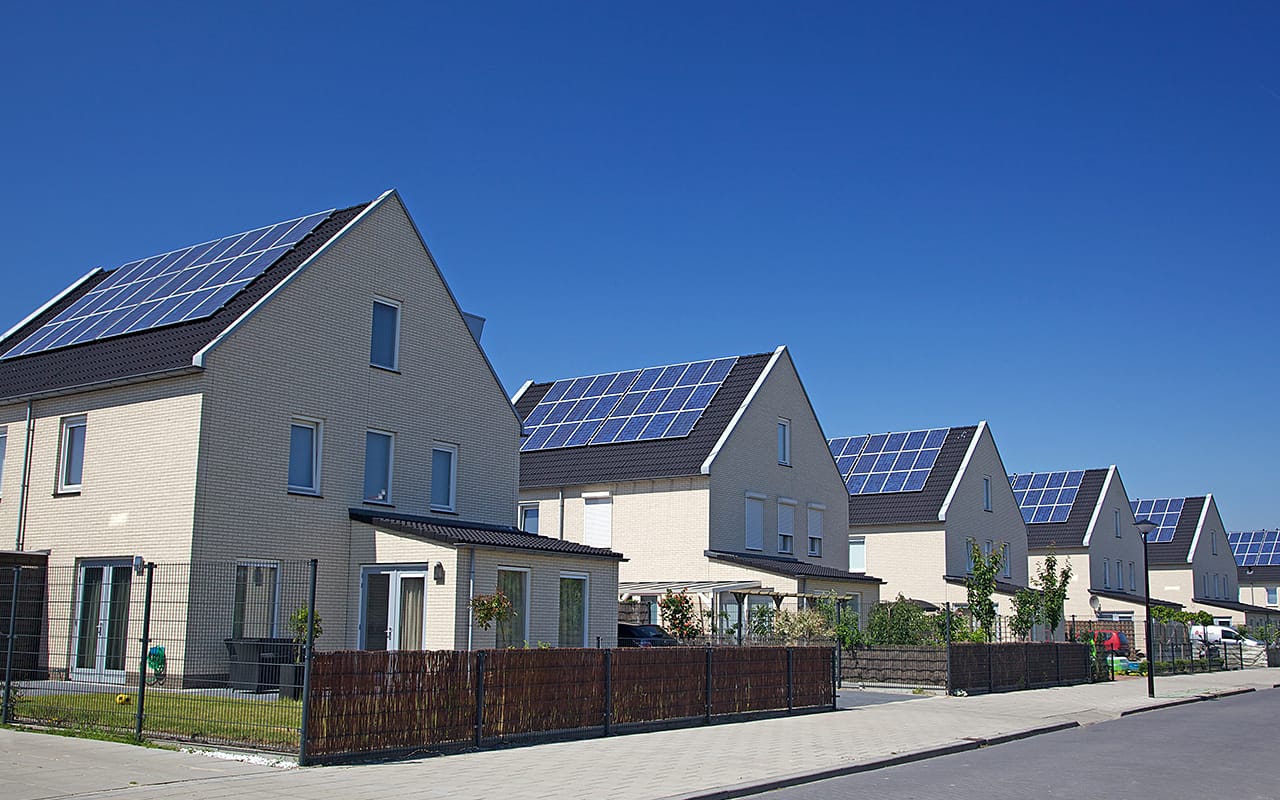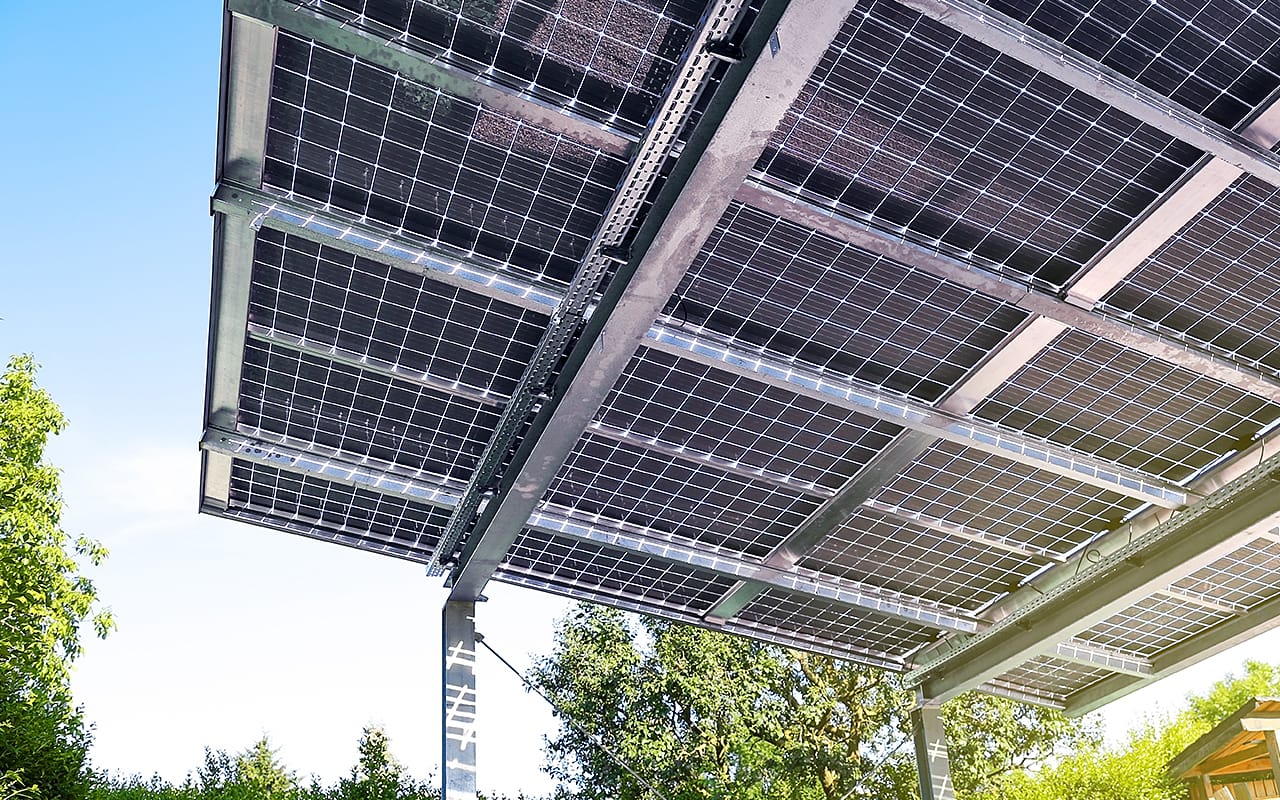Planning a photovoltaic system

Before you install a photovoltaic system on your roof and benefit from the advantages of environmentally friendly solar technology, there are a few points to consider in terms of planning. In the following text, you will learn which aspects you should consider when planning a PV system and which problems can occur.
The right roof for a PV system
Whose roof is it? Planning a PV system is much easier if it is your property - also when it comes to financing, because then it is easier to get a loan approved. However, you may also be able to rent or lease a roof. Roof exchanges can help you find suitable roofs. Or check whether there are other interested parties or an initiative with which you can establish a civil society.
Statics and possible load
The installation of modules usually does not represent a high additional load for pitched roofs, which is why a reinforcement of the roof structure is not necessary. In this case, the modules are mounted parallel to the roof and are hardly affected by wind forces. Most roof constructions in Germany are statically suitable for the installation of a photovoltaic system. Nevertheless, a structural engineer should check the roof beforehand for the additional load caused by a solar system. Some companies will provide professional advice and testing at your site. The additional load for the roof depends on various factors - for example, the number of modules or the model frame.
A professional structural engineer also takes the wind and snow load into account. The additional weight of pitched roofs is around 25 kilograms per square metre. However, the weight can vary greatly with different roof variants.
How big should a PV plant be?
An essential point when planning a photovoltaic system is its size, which is related to the output. First of all, it is about the possible roof area that is available for the photovoltaic system. This determines the maximum number of solar modules and thus the maximum output that can be installed. The first step is therefore to calculate the roof area and analyse whether the roof is suitable for the solar system. The orientation, roof pitch and, in particular, possible shading must be taken into account.
Shading
The shading of the roof plays a major role in the installation of a solar system. When planning, it is important to ensure that large trees, bay windows or other houses do not cast shadows on the solar modules. Especially in winter, when the hours of sunshine are shorter and the sun is lower, a roof surface without shade is much more productive.
Ideally, building plans exist that show the exact dimensions for the roof. However, building plans are not always exact, as some things may have changed over time, especially in older buildings, due to roof renovations or new windows. If building plans are no longer available or no longer correct, it is possible to determine the size by counting the roof tiles. When doing this, you should also subtract any shading caused by dormers or similar from the area. Google Earth can also help to calculate the roof area, using the scale and a ruler.
Achievable power
Once you have determined the area of the roof, you can calculate fairly easily for pitched roofs how many modules will fit on the roof in the transverse or longitudinal direction or of a certain size/output. Larger modules need fewer installation points and are cheaper to installPV, but they have less variation in arrangement.
However, you must also maintain certain distances between the modules and towards the edge of the roof. On a flat roof, you have to calculate with a considerably higher space requirement (at least double) due to the distances between the rows caused by shading.
Selecting the right solar modules
It is best to select the solar modules according to how much power is to be accommodated on the available roof area. Smaller modules may be ideal for the roof area. Monocrystalline and polycrystalline modules achieve the highest yield and are ideal for comparatively small roof areas. Monocrystalline modules achieve higher efficiencies on a smaller area than polycrystalline modules. If you have excess space on the roof, cheaper polycrystalline modules are also sufficient.
As a rule, a specialist company can submit a proposal for roof occupancy with the modules offered and the generator output resulting from their number as part of a quotation.
Yield in summer and winter
As an energy source, the sun determines the yield of a PV system in kilowatt hours (kWh). However, since the sun changes its position in the sky throughout the day and the seasons, the solar energy also varies. In addition, the weather, which literally comes between the sun and the system, i.e. the transmitter and receiver of energy, influences the yield.
The following applies: The closer a photovoltaic system is to the equator, the higher the sun is and the higher the location of a PV system, the higher the global radiation and thus the higher the yields.
The right planning software
You should not underestimate the task of suitable software that can support you in understanding the sometimes complex economic calculation in connection with the installation of a PV system and in visualising this system. A graphic system plan can give a three-dimensional impression of the PV system on your own roof. The PV planning software is an ideal tool for beginners and for training purposes.
About the author
TRITEC has specialised in the generation of solar power through photovoltaics for over 34 years. We are active worldwide in both photovoltaic wholesale and large-scale plant construction. In addition to our proven PV mounting system, we also offer our own intelligent system solutions for the planning, design and performance control of photovoltaic systems, as well as branded products from leading photovoltaic manufacturers.




